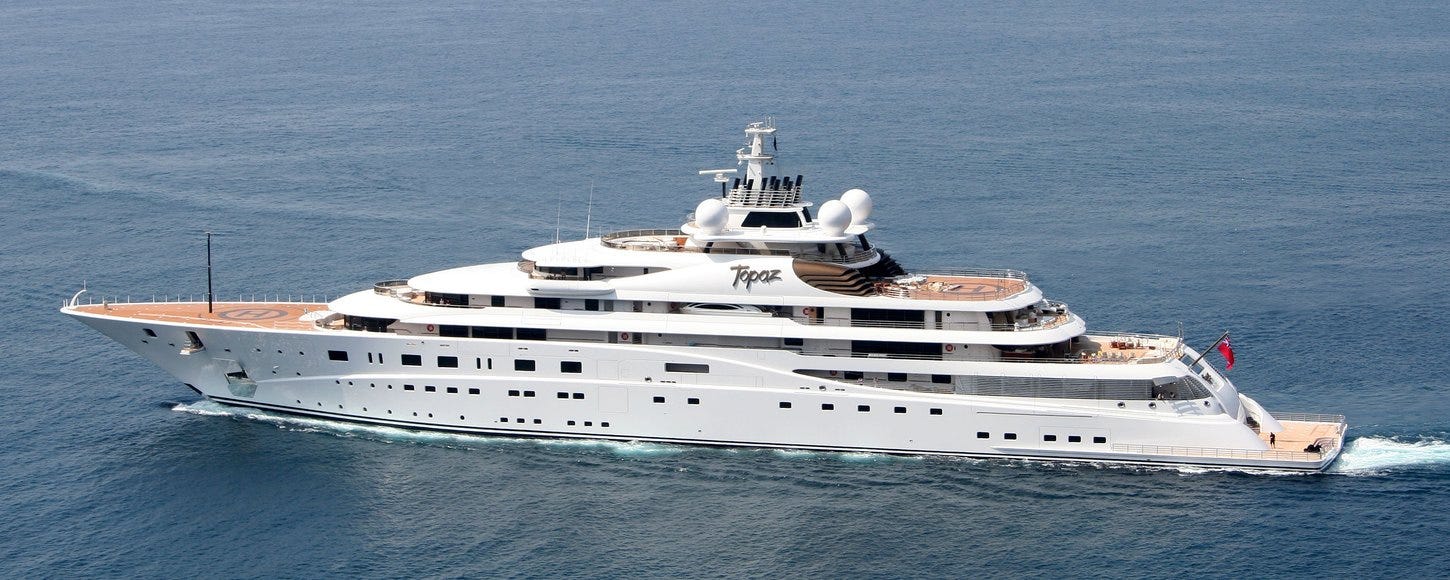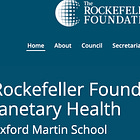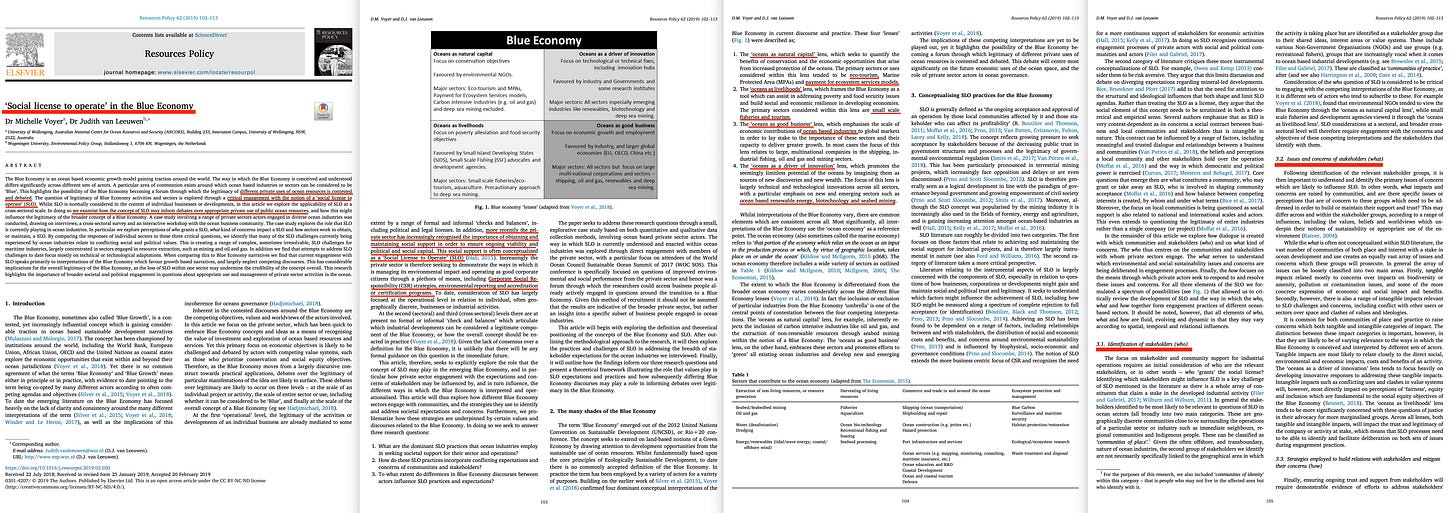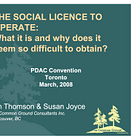The Club of Rome's Circular Economy
The Convention on Biological Diversity truly is where they buried the body. It connects to the central bankers through their absurd new economy. It connects to the GEF via blended finance structures, created to massively benefit the private investors. It connects to HRH Prince Charles’s Terra Carta via the Kunming-Montreal Global Biodiversity Framework. And it connects to the Club of Rome through the Circular Economy.
And states so, right there in their Vision for 2050, which also unequivocally states that the entire planet is to be managed, or else we’ll all die in a burning lake of fire.
-
Naturally, the document is signed by a soapboxing Hollywood hypocrite - this time it’s Leonardo DiCaprio, who’s terribly concerned about… everyone else saving the climate.
The document itself - the ‘2050 CBD Vision’ - isn’t particularly noteworthy. It presents the usual range of ludicrous, unsourced claims, refers to those equitably shared benefits which will almost certainly never be equitably shared, though I suspect that losses just might. It carries on by soapboxing about large-scale restoration efforts so that the GEF can offer to monetise the resulting ‘ecosystem services’ through a biosphere reserve, requests that half of the globe is conserved by 2050 (ensuring even more ‘blue carbon credit’ ‘ecosystem services’) for those GEF monetising philanthropes - makes a note of the Aichi framework, which is the Global Biodiversity Framework for 2011-2020, ie, prior to Kunming-Montreal, which also included 100 ‘biodiversity indicators’ used for sakes of global surveillance through GBIOS or GEO BON.
Probably the most interesting part is this one -
‘We call for protecting and restoring half of the Earth in its natural state, with integral, functioning, and connected ecosystems that continue to provide for humanity and the rest of life on the planet. Building upon Aichi target 11, area-based targets should be “ecologically representative” with minimum targets set for each of the world’s ecoregions.‘
… but who sets those minimum targets, and please define ecologically representative, please? Hey, who even get to expressly define what that means?
‘Some ecoregions with “particular importance for biodiversity and ecosystem services” will have much higher targets than others. Therefore we call for science-based targets that set aside political demarcations and are guided by a global prioritization analysis including, but not limited to, biodiversity resilience, carbon storage, and water security values.‘
In other words - in the context of the prior - those particular regions will be those of particular economic value, with an emphasis on forests, and ‘water security’ which can then be interpreted as both mangroves (which carry highly valuable ‘blue carbon credits’), and/or potable water sources for Nestle to tap into.
‘To meet this vision, the entire planet must be managed sustainably, supported by truly sustainable production and consumption, a circular economy, and the sustainable and equitable sharing of benefits from nature.‘
Planetary management we first saw in 1969 - it ultimately leads to Planetary Management of Planetary Health.
I do need to read up on that ‘equitable sharing’. I know that Hollywood, through accounting tricks, essentially always makes a loss on all of their movies, primarily to ensure that no royalties are paid out. I can only assume it’s the same here. And as for the Circular Economy, that very much snaps to the Club of Rome.
… there are a number of ways to connect the Circular Economy. Let’s do it a somewhat roundabout way. Which means less of this…
… and more of this.
Now, you may wonder why. Because it provides me an opportunity to link even more concepts to the overall picture.
Here, have a UNEP Conference, titled - ‘A BLUE ECONOMY FOR A SUSTAINABLE DEVELOPMENT OF THE MEDITERRANEAN REGION‘ -
We have, in short order, the Circular Economy, the Blue Economy, the Ecosystem Approach, stakeholders, indicators - to which we will return, ‘enhancing human well-being’, and -
‘The blue economy allows preserving Mediterranean healthy marine and coastal ecosystems and ensures the continuous delivery of goods and services for present and future generations‘
Which is a roundabout way of saying ‘ecosystem services’, which are quite literally listed right below -
‘Progress towards a successful blue economy relies on the sustainable development of key socioeconomic activities: fisheries; aquaculture; tourism and recreational activities; maritime transport and port activities; bio-prospecting or exploitation of biological resources; exploitation of renewable energy sources”.‘
… perhaps we should also drag in the OECD on the topic, here, which frankly looks as though it’s another cynic initiative to monetise UNESCO Biosphere Reserves or UNESCO World Heritage sites through the GEF -
… then we have an actual EU policy framework from early 2020 - timing it just right, ensuring no-one would pay attention - repeatedly making a note of the Circular Economy, along with ecosystem services, a note of said ‘indicators’ being statistics related to said ecosystem services, a mention of the Convention on Biological Diversity, and the Aichi target of 10% of Marine Waters to be conserved - no doubt via the ‘UNESCO Biosphere Reserves’ by 2020, sitting there, just ripe for monetisation...
We can then pop over to the FAO, to locate further detail on said indicators, and we find through this document -
‘… data were supplemented by official data from FAO, the World Bank, the European Central Bank (ECB), the International Labour Organization (ILO) and, where methodologically compatible, the Organisation for Economic Co-operation and Development (OECD)‘
Which, in short, means they all cooperate, and…
‘… indicators of the socio-economic importance of the primary fishing sector, as well as an overview of the value of trade in the region. Indicators used include value at first sale, fishing employment productivity and the value of imports and exports.‘
… they really only care about money, and that they have far, far more information in this regard than you’d ever know, were you to listen to the mainstream media only -
‘… total landing value in Italy is notable, as it represents close to one-third of the total…‘
‘… Figure 19 provides a calculation of the total landing value per fleet segment aggregated across the entire GFCM area of application…‘
From there, we can head over to the integration with the ‘Social License to Operate’, which in short, entails you being refused the right to trade, unless you live up to some Marxist B-Corp’s increasingly absurd demands about utterly arbitrary ESG values outside of democratic control, and from the article can further be observed that… they really, really only care about the money.
… and at this stage, I don’t really think there’s much more to say on the topic of the ‘new biodiversity-centered economy’, which private enterprise front-run by buying up forests, aquifers, and everything else of value a decade in advance. I think I’ve pretty much covered the scam, in fact, probably several times over by now.
Let me know in the comments if there are any particular aspects you’d like for me to further elaborate on, as I do accept their terminology is somewhat opaque. That’s not a bug, it’s a feature.
I think the scam should by now be so obvious, you would legitimately have to be comatosed to agree with it, because this is nothing short of monetisation of everything - with you footing the bill - by a group of people who lied every step of the way to get us this far. But hey, you can totally trust them now, right?
Let me instead post a few links, before heading off for the weekend.
Have a nice one.
-
For more on the Social License to Operate -
Central banks’ neigh-on full admission of being co-conspirators -
Convention on Biological Diversity -
The future stakeholder despotism -
The full global-surveillance-to-cbd pipeline -
How the GEF facilitates the scam -





















